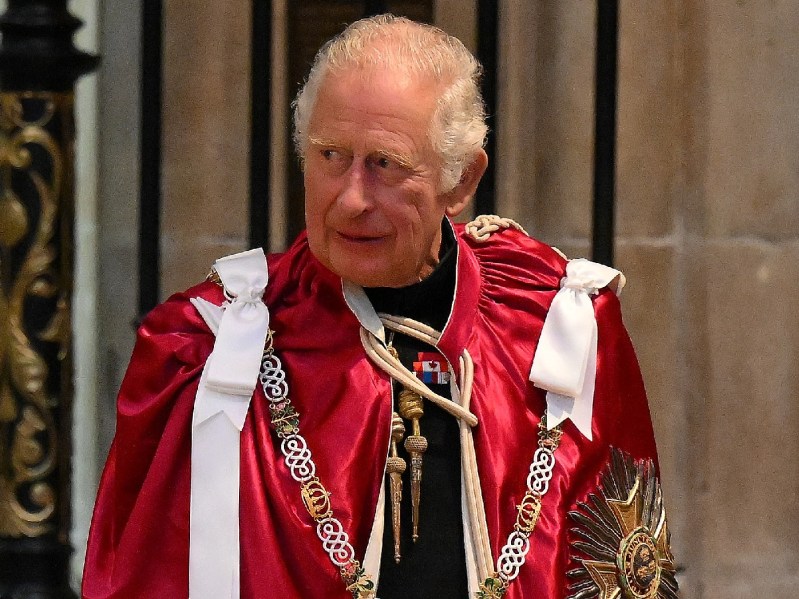Members of the royal family aren’t typically permitted to sign autographs, so many people aren’t familiar with what their signatures look like. However, in a new video of King Charles III signing some documents, some noticed the monarch’s autograph included an unexpected letter.
Videos by Suggest
Why King Charles Added An ‘R’ To His Signature
While signing a piece of paper, the new king wrote, “Charles R.” Some were curious about what this means. This “R” at the end of his signature signifies his new role as king. The “R” at the end of King Charles’ signature stands for “Rex,” which is the Latin word for “king.” His mother, the late Queen Elizabeth, would sign her name “Elizabeth R.”
In her case, the “R” stood for “Regina,” the Latin word for “queen.” This is a traditional addition to all reigning monarchs’ signatures. While the members of the royal family don’t typically use a surname, the king’s is technically Mountbatten-Windsor, a combination of both his parents’ surnames.
“[The ‘R’] designates the authority of the sovereign,” royal historian Marlene Koenig told Harper’s BAZAAR. “You will find the use of ‘R’ as far back as Henry I [who ruled in the early 12th century]. It is how they sign all official documents, as well as formal letters, etc.”
The Royal Family’s Complicated Last Names
Even though Mountbatten-Windsor is King Charles’ last name, his sons do not share the same surname with their father, nor with each other. When they were young, both Prince William and Prince Harry went by the last name Wales. This was because of their father’s former role as the Prince of Wales, a role that William has taken over now that his father is king.
RELATED: Prince William Inherited A Lot Of Titles When His Father Became King
However, the brothers’ last names changed once they prepared to be married and received their official titles. William and Kate Middleton became the Duke and Duchess of Cambridge, making Cambridge their and their children’s last name.
Harry and Meghan Markle’s children were not given the name Sussex, though. This is due to a royal edict from the queen. This edict stated that male line descendants of the monarch without royal titles would bear the surname Mountbatten-Windsor. Since Archie and Lilibet do not have royal titles, they have the last name Mountbatten-Windsor. Being a member of the royal family seemingly makes everything more complicated—including something as simple as a last name.
